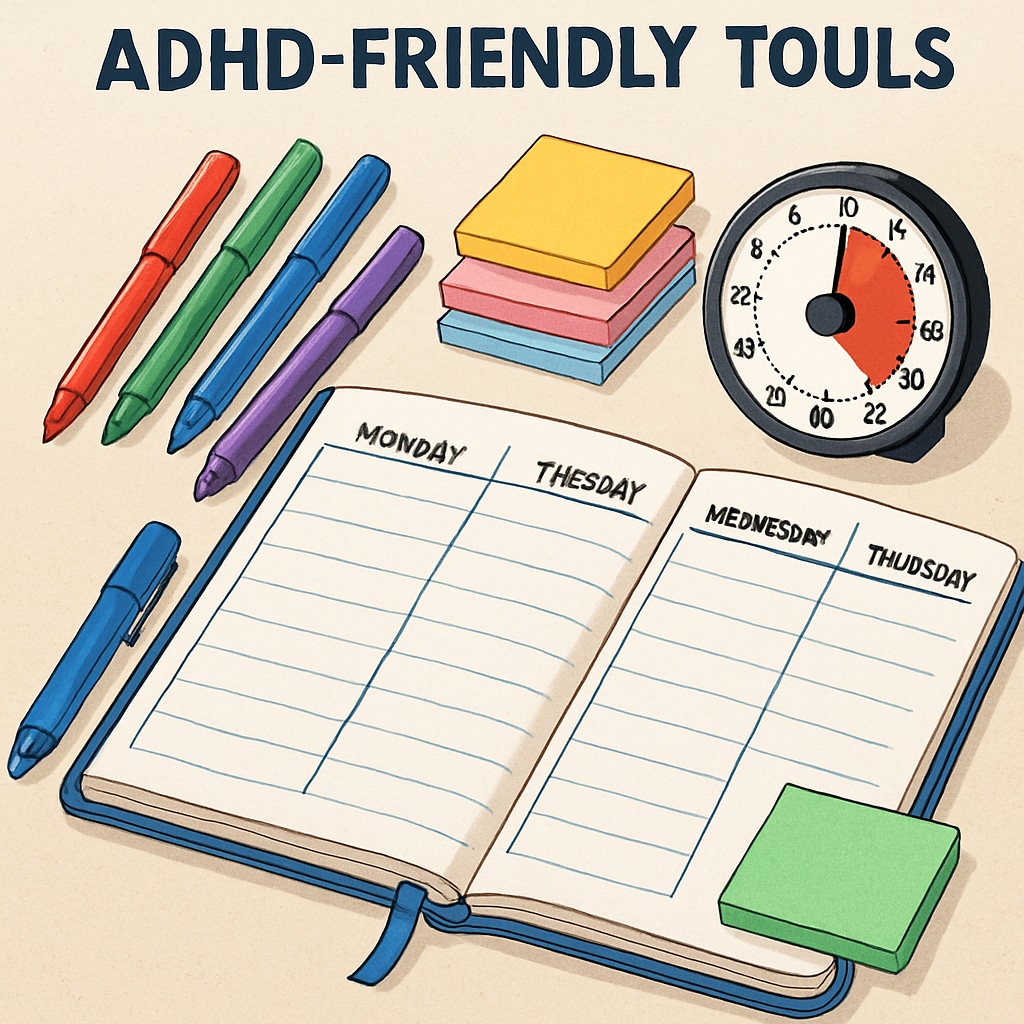Falling behind on high school credits can be a daunting challenge, especially for students navigating ADHD. However, with a structured plan, the right resources, and a positive mindset, it’s entirely possible to catch up, maintain balance, and graduate on time. This guide offers practical advice for students and parents to make the most of the remaining two years of high school, ensuring a successful academic comeback.
Understanding the Challenges of Credit Deficiency
Before creating a solution, it’s crucial to understand the problem. Credit deficiency in high school occurs when students do not complete the required courses or fail to earn passing grades. For students with ADHD, the challenge may be heightened due to difficulties with focus, procrastination, or managing multiple responsibilities.
Common reasons for falling behind include:
- Missed classes due to illness or personal challenges
- Failing or incomplete coursework
- Difficulty managing time and prioritizing tasks
- Lack of access to academic support resources
Acknowledging these challenges is the first step toward creating an effective recovery plan.

ADHD-Friendly Strategies to Catch Up on High School Credits
For students with ADHD, traditional study methods may not always work. Instead, ADHD-friendly strategies can provide structure and focus, making the process more manageable and less overwhelming. Here are some practical tips:
1. Meet with Your School Counselor
Your school counselor is an invaluable resource. Schedule a meeting to review your current transcript, discuss your credit deficiency, and develop a recovery plan. They can recommend summer school programs, online courses, or credit recovery options tailored to your needs.
2. Prioritize Core Subjects
Focus on the courses required for graduation, such as English, math, science, and social studies. Electives can be completed later or replaced with alternative credit options like community service programs or independent studies.
3. Explore Credit Recovery Programs
Many schools offer credit recovery programs, which allow students to retake failed courses online or in a more flexible setting. Platforms like Khan Academy and edX can supplement learning, providing additional support for challenging subjects.
4. Leverage ADHD Tools and Apps
Apps like Todoist, Focus@Will, and Habitica can help organize tasks, set reminders, and create a reward-based system for completing assignments. Physical tools like timers, calendars, and sticky notes can also be effective.
5. Break Tasks into Manageable Chunks
Large assignments can feel overwhelming, leading to procrastination. Break tasks into smaller steps and tackle them one at a time. For example, instead of writing an entire essay in one sitting, start with an outline, then draft one paragraph at a time.

Staying Motivated and Avoiding Burnout
Catching up on credits requires discipline and effort, but it’s equally important to avoid burnout. Here are some ways to stay motivated:
- Set Achievable Goals: Break down your credit recovery plan into short-term goals, such as completing one course per quarter.
- Reward Progress: Celebrate small victories, whether it’s passing a test or completing a week’s worth of assignments.
- Seek Support: Communicate with teachers, parents, and peers for encouragement and assistance.
- Maintain Balance: Incorporate physical activity, hobbies, and relaxation into your routine to reduce stress and improve focus.
Long-Term Benefits of Overcoming Credit Deficiency
While the journey to recover high school credits can be challenging, the long-term benefits are well worth the effort. Graduating on time opens doors to college, vocational training, or immediate job opportunities. Moreover, the experience of overcoming obstacles builds resilience, time management skills, and a sense of accomplishment.
Remember, falling behind doesn’t define your potential. With determination, support, and a tailored plan, you can achieve your academic goals and set yourself up for future success.
Readability guidance: Use short paragraphs and bullet points to summarize key points; ensure transitions are smooth; and minimize passive voice. Include examples and tools where relevant to enhance comprehension.


